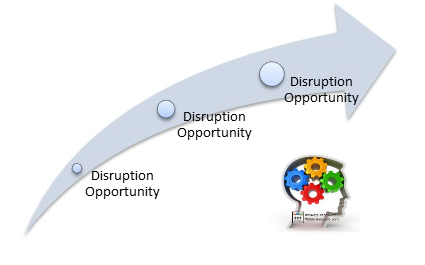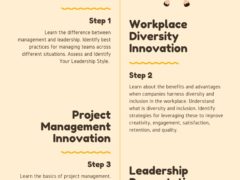Systemic Disruption represents change most often leveraged by larger corporations. The attributes and advantages of smaller companies (including agility) can support capabilities that larger corporations may not have. Entrenched systems and architecture dedicated to earlier product or service lines are presented at a different scale than larger (read national/international) corporations.
The cost of adjusting strategic direction based on incoming information/feedback decreases as business efficiency increase. This recognition does not intend to decrease the issue of available capital for changing/clarifying direction, but instead seeks to acknowledge that smaller companies have the ability to lead the way.
The customer development model creates some risks as the creative mechanisms and outcomes pursued are not yet registered, copyrighted, or patented until the deliverable ‘end-point’ is discovered, validated, and documented. Finding ways to avoid this exposure is key. When a small corporation or startups assets are defended their efforts can be just as disruptive. The key to competition is scalability, agility, and iterative innovation. Never stop disrupting locally in the pursuit of systemic disruption. Defend your niche.

Acquiescence to entrenched corporations is not a foregone conclusion. Systemic disruption can be created at the lower and the higher ends of the market. This includes low quality and cost efficient products as well as products that have an established position and demand higher prices due to branding and quality.
The path to disrupting the industry begins from within. Supporting internal entrepreneurial projects can be as simple as actively seeking to join newer processes, technologies, systems, and standards based on an active and ongoing scanning of the environment. The next step in finding opportunities for systemic disruption requires focusing outside the business and having an in-depth understanding of the industry in which your business operates and the market it seeks to dominate.
Aligning the business model with these newly discovered opportunities requires a commitment to growth, learning, and continual change. Without this commitment most opportunities for disruption will be out of reach.
Reference:
Check out the Innovate Vancouver’s Free Interactive Planning Tools!




